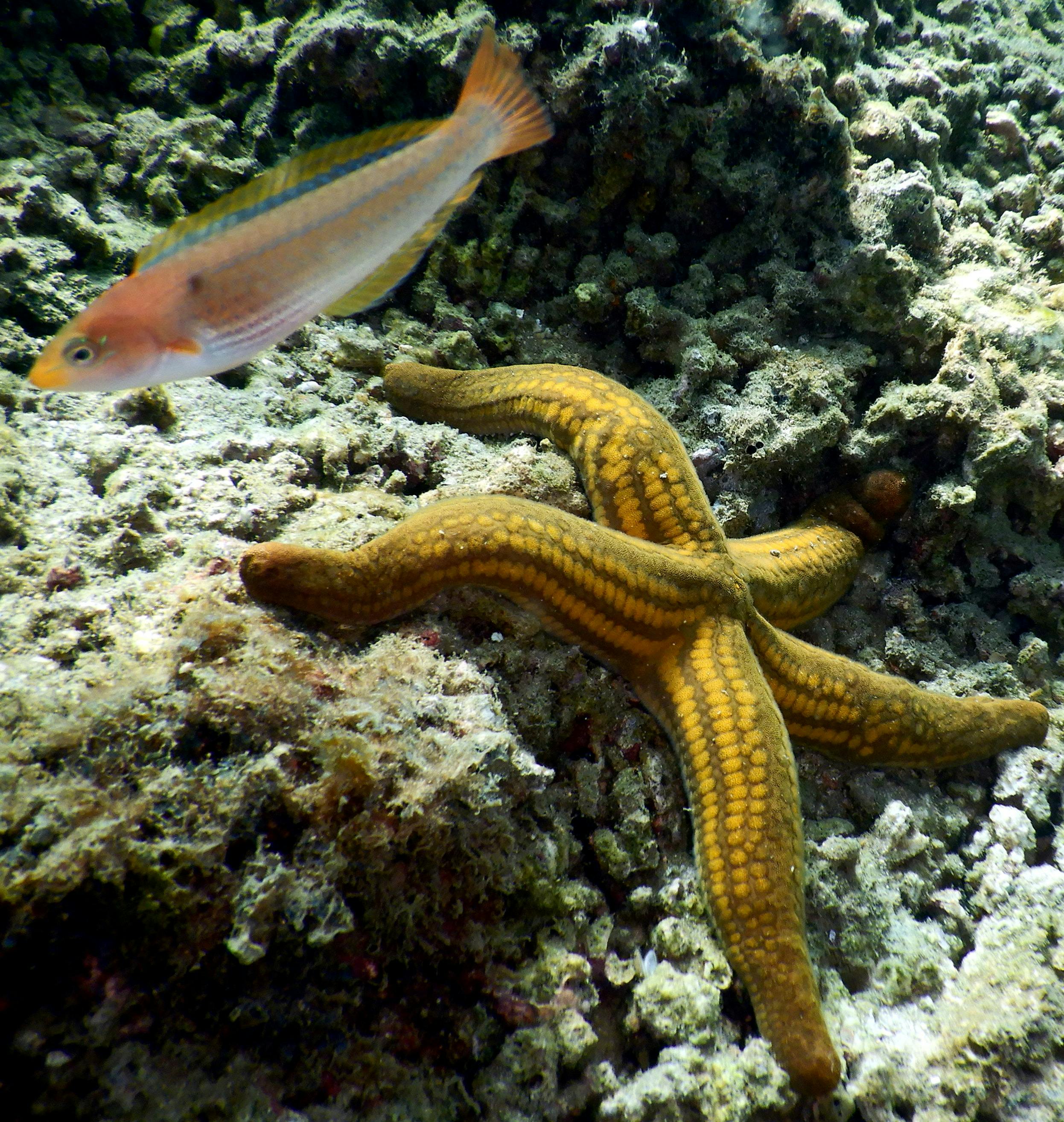
Effective Ways to Care for Neon and Ember Tetras in 2025
Tetras, particularly neon and ember variants, have gained popularity among aquarium enthusiasts and beginners alike due to their vibrant colors and fascinating schooling behavior. As freshwater fish, they thrive in community tanks, making them ideal companions for a variety of other species. Proper care for these aquarium fish involves understanding their specific needs, such as optimal water conditions, diet, and tank setup. This article will provide a comprehensive guide for keeping neon and ember tetras, ensuring their health and longevity while enhancing the beauty of your aquarium.
Throughout this article, you'll learn about the unique requirements of both neon and ember tetras, including tank size, substrate preferences, and best feeding practices. Additionally, we'll cover the importance of fish compatibility and suitable tank mates to create a harmonious aquatic environment. By the end, you'll be equipped with essential knowledge to successfully care for your colorful tetras.
Key takeaways include understanding the water parameters necessary for their well-being, recommended feeding schedules and diets, and best practices for maintaining a thriving aquarium environment.
Understanding Neon and Ember Tetras
To effectively care for neon and ember tetras, it's essential to understand their characteristics and natural habitats. Neon tetras (Paracheirodon innesi) are small, vibrant fish known for their striking blue and red coloration, making them a staple in many aquariums. Ember tetras (Hyphessobrycon amandae), on the other hand, showcase a warm orange hue and are recognized for their calm demeanor and active schooling tendencies.
Both tetra species hail from the waters of South America, where they inhabit slow-moving streams and rivers filled with lush aquatic plants. Their natural environments influence their needs in captivity, including water quality, temperature, and tank decorations. As such, replicating their natural habitat is crucial for their health and wellbeing.
Neon Tetra Behavior and Characteristics
Neon tetras are known for their vibrant blue coloration and peaceful behavior, making them ideal additions to community tanks. They exhibit strong schooling behavior, thriving in groups of six or more. This social interaction contributes to their overall happiness and reduces stress levels, promoting better health.
In terms of temperament, neon tetras are generally compatible with various freshwater fish species, such as guppies,bettas, and dwarf cichlids. However, it’s crucial to avoid keeping them with aggressive tank mates that might pose a threat to their well-being.
A healthy neon tetra typically showcases bright colors, with a clear body and active swimming patterns. Signs of stress or illness can include dull coloration, lethargy, and erratic swimming. Observing these behaviors closely can help in identifying potential health issues early.
Ember Tetra Behavior and Characteristics
Ember tetras are smaller than neon tetras and are known for their subtle yet striking orange hue. They are also schooling fish, preferring to be kept in groups of at least five to six. This group behavior not only supports their social nature but also enhances their confidence in navigating the tank environment.
Ember tetras are less aggressive and blend well with a variety of tank mates, making them suitable for community tanks with other small fish. They thrive in heavily planted environments, as these provide hiding spots and reduce stress. Like neon tetras, signs of illness in ember tetras include changes in color intensity and unusual swimming patterns.
Tank Compatibility and Setup
When selecting tank mates for neon and ember tetras, consider species that share similar water requirements and behavior patterns. Suitable tank mates include small, peaceful species such as rasboras, otocinclus, and other non-aggressive tetra species. Avoid larger or territorial species that may stress or harm these small fish.
The tank setup for neon and ember tetras should mimic their natural habitat. Adding live plants such as java fern, anubias, and water wisteria can create a vibrant and healthy environment. Moreover, utilizing fine substrate can promote a safer space for these small fish as they tend to forage near the tank bottom.
Regular water changes and maintaining stable water parameters are crucial for ensuring long-term success with these beautiful tetras. Keep the tank temperature between 72°F to 78°F and maintain soft to slightly acidic water to align with their natural habitats.

Feeding Neon and Ember Tetras
Feeding neon and ember tetras requires a balanced diet to promote optimal health and coloration. Both species are omnivorous, thriving on a mix of high-quality flake food, live or frozen protein sources, and plant-based options. Understanding their dietary needs and feeding practices can enhance their overall health.
Best Foods for Tetras
The best food options for neon and ember tetras include high-quality flake foods that specifically cater to small tropical fish. Additionally, supplementing their diet with live or frozen foods such as brine shrimp, daphnia, and bloodworms provides essential nutrients that promote healthy growth and vibrant colors.
Plant-based foods, such as spirulina flakes or pellets, can also be included in their diet, as tetras benefit from a diverse range of nutrients. This varied diet not only contributes to vibrant coloring but also ensures they receive all necessary vitamins and minerals.
Feeding Frequency and Tips
When it comes to feeding frequency, it is essential to feed neon and ember tetras two to three small meals each day, rather than one large feeding. This approach prevents overfeeding and ensures they consume a balanced diet throughout the day.
Observe the feeding behavior of your tetras. If they are eagerly consuming the offered food, adjust the portions accordingly. However, be cautious not to leave uneaten food in the tank, as this can lead to water quality issues and stress among the fish.
Signs of a Healthy Diet
The health of your neon and ember tetras can often be gauged by their coloration and behavior. Healthy fish exhibit bright, vibrant colors and active swimming patterns. Conversely, dull coloration or lethargy may signify dietary deficiencies or potential health issues that need addressing.
Incorporating specific vitamins, such as vitamin D and fatty acids, can aid in enhancing their colors and overall health. Regular monitoring of fish behavior during feeding times can ensure that their dietary needs are being met adequately.
Maintaining Water Quality and Parameters
Water quality is paramount in providing a healthy habitat for neon and ember tetras. Understanding the optimal water conditions specific to these two species will significantly enhance their wellbeing and longevity. Proper aquarium maintenance, including regular water changes and monitoring parameters like pH, temperature, and hardness, is essential.

Optimal Water Conditions
Neon and ember tetras thrive in slightly acidic water with a pH level ranging from 6.0 to 7.5. It is crucial to maintain stable water temperatures between 72°F and 78°F. Regular testing of water parameters will help determine if any adjustments are needed to keep these conditions consistent for your tetras.
Soft water, with a hardness of 2-15 dGH, is ideal for these fish. New aquarists should invest in reliable water testing kits to monitor pH, hardness, and ammonia levels regularly, ensuring proper water quality and minimal stress for their fish.
Water Changes and Maintenance
Regular water changes play a vital role in maintaining water quality. Aim to perform partial water changes of around 20-30% weekly to remove excess waste and toxins while replenishing essential minerals. During these changes, make sure to use a water conditioner to eliminate harmful chemicals from tap water.
It’s also essential to clean the aquarium equipment regularly, including filters and substrate. Regular cleaning helps maintain effective filtration, reducing pollutants and promoting a healthier aquatic environment.
Monitoring Water Parameters
Identifying issues in water quality is crucial for preventing potential fish diseases. Regularly monitor temperature fluctuations, pH levels, and ammonia concentration. By being proactive in addressing any irregularities, you can promote a healthy ecosystem for your tetras.
Breeding Neon and Ember Tetras
Breeding these tetras can be a rewarding experience for aquarists looking to enhance their tank's vibrancy. Understanding the proper conditions and practices for breeding neon and ember tetras ensures successful spawning and care of the fry.
Breeding Conditions
To breed neon and ember tetras, start by ensuring your breeding tank mimics their ideal habitat. Set up a separate breeding tank with fine-leaved plants and a sponge filter, maintaining stable water conditions suitable for hatching fry.
Controlling water temperature and quality is essential; keeping the breeding tank slightly warmer than the main tank can encourage spawning behavior. Monitor the parameters closely to create a conducive environment for breeding.
Spawning Behavior
During spawning, female tetras will lay eggs among the plants, with males following closely to fertilize them. After spawning, separate the parents from the fry to prevent them from consuming the eggs. Neon tetras typically lay around 100-200 eggs, while ember tetras may lay between 50-100 eggs per spawning session.
Caring for Fry
Once the eggs hatch, the fry will initially feed on their yolk sacs. After a few days, introduce powdered foods or infusoria to support their growth. As they grow, you can transition them to finely crushed flakes and move them to a larger tank once they reach an appropriate size.
Conclusion
Caring for neon and ember tetras requires attention to their specific needs regarding tank setup, diet, and water quality. By understanding their behavior, compatible tank mates, and breeding conditions, aquarists can create a conducive environment that allows these beautiful fish to thrive. Remember, the health of your tetras is dependent on your commitment to maintaining their ecosystem. Embrace the adventure of keeping these vibrant species and enjoy the beauty they bring to your aquarium.
